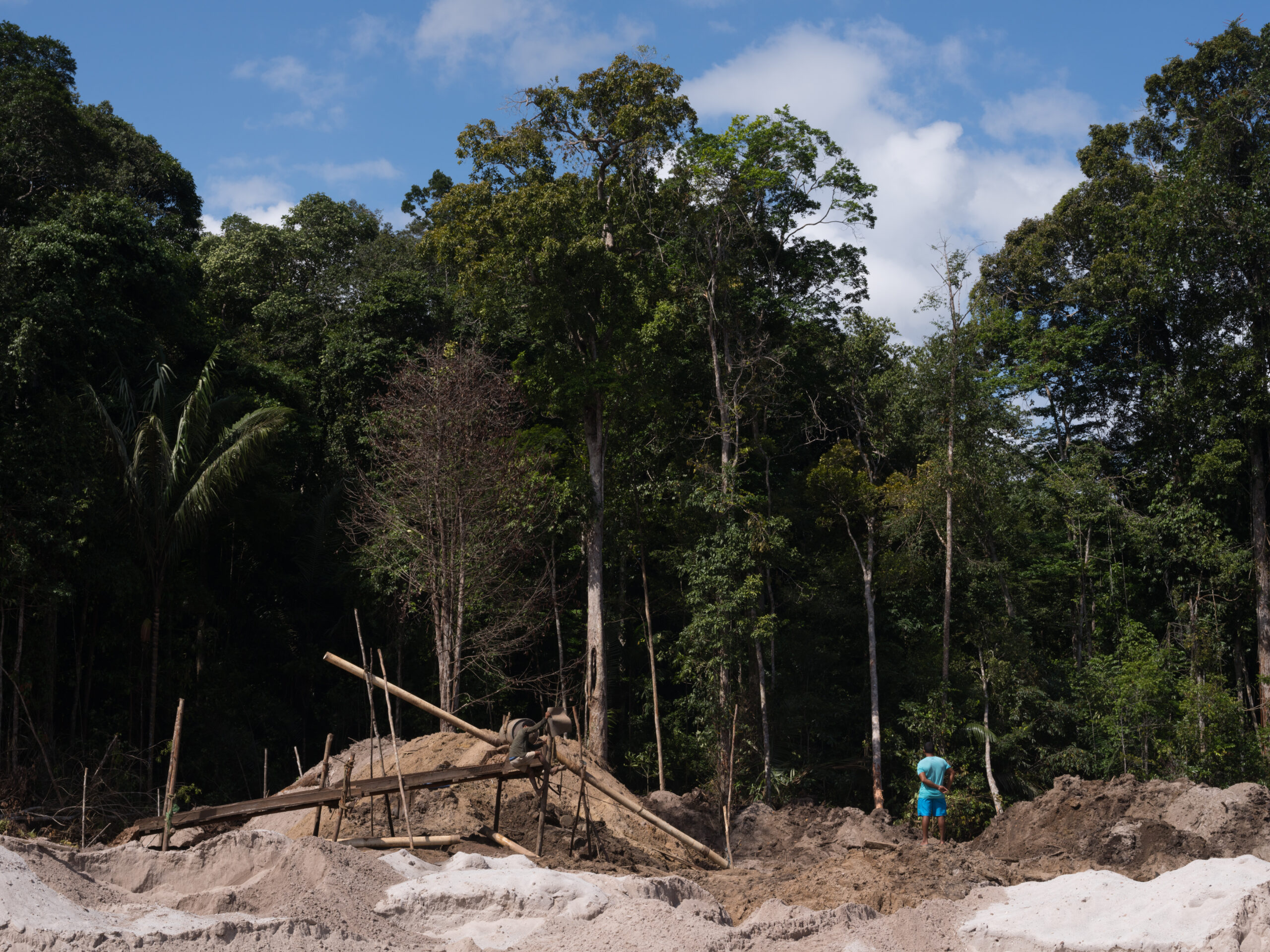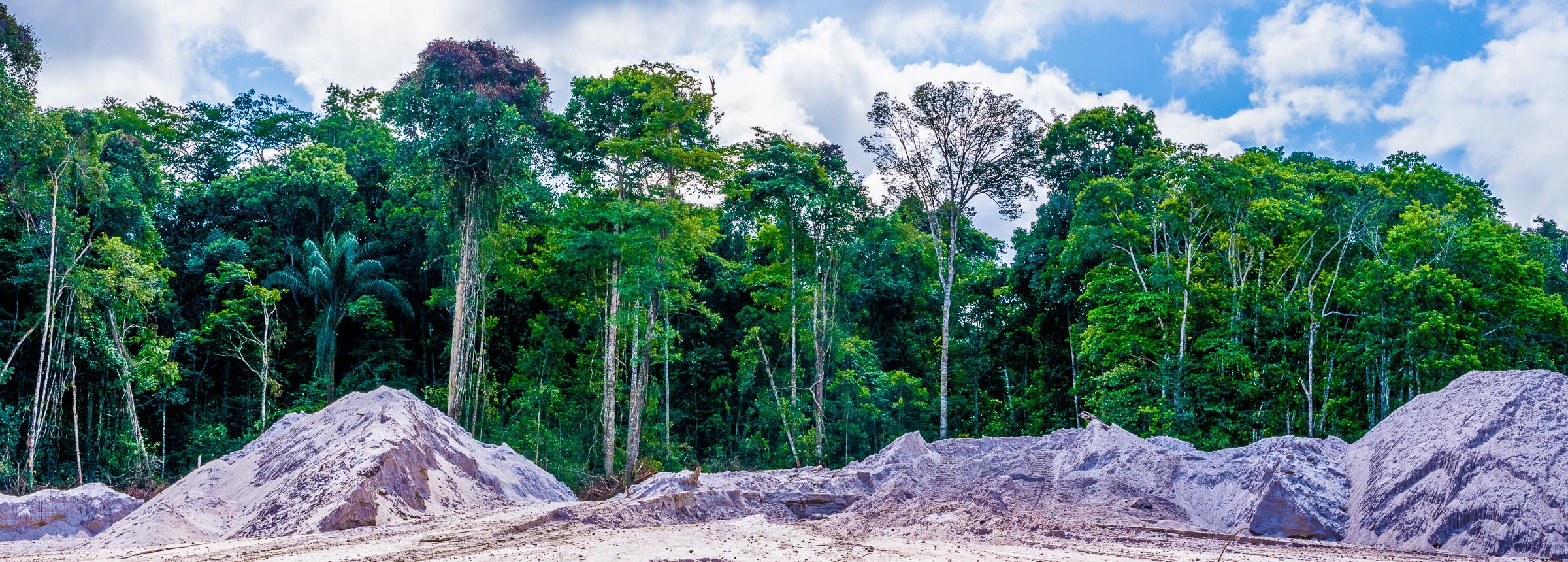
Saving the Forests
Norway spent millions preserving Guyana’s forest. It was money well spent, says one of that nation’s top climate officials.
By Chris Warren
There were a lot of unknowns when Norway and Guyana first began discussing the possibility of a Reducing Emissions from Deforestation and Forest Degradation (REDD+) deal that would limit forest loss in the South American nation. Perhaps the most important question was how to ensure that the goal of preserving Guyana’s tropical forest, which covers 85 percent of the country, was actually being achieved. With the help of Winrock, the Guyana Forestry Commission (GFC) developed a monitoring, reporting and verification (MRV) system to do just that.
The MRV was a critical component of the five-year agreement, which ended in 2015 and resulted in Norway paying Guyana nearly $200 million for severely limiting forest loss. Andreas Tveteraas, the deputy director of Norway’s International Climate and Forest Initiative, recently shared his thoughts on the successes of the deal and why it serves as a model for future REDD+ agreements.
Overall, how much of a success was the Norway-Guyana agreement? From Norway’s perspective, what were the main accomplishments?
Tveteraas: Norway’s International Climate and Forest Initiative considers the cooperation with Guyana important, especially in terms of deforestation being kept at a very low level. It is admirable that Guyana, which is considered a least developed country, has such high ambitions on keeping the forest cover and improving forest governance.
How would you describe the quality of the MRV system the Guyana Forestry Commission developed, particularly given the limited experience and resources it had when the deal was negotiated?
Tveteraas: The Guyana Forestry Commission has, from the starting point of our cooperation in 2009, shown an impressive increase in capacity and methodology development. The GFC stands out as a frontrunner of what a forest country can do in order to develop a highly complex and technological system. Other countries have spent far longer developing more simple MRV systems for their forest areas. Guyana has shown a continuous interest in improving and updating its MRV system, particularly the verification process that takes place on an annual basis.
How important was the MRV in the success of the agreement? Did it give you confidence that Guyana was living up to its commitments?
Tveteraas: The Guyana-Norway agreement is results-based in two ways. Norway pays Guyana for both keeping the deforestation rate low and improving forest governance. A reliable MRV is a cornerstone for the partnership because it shows that Guyana has been living up to the commitment of keeping the deforestation rate low. Norway has been able to pay Guyana based on the independently verified reports from the Guyana Forestry Commission.
Do you think the Norway-Guyana agreement, including the MRV that was developed, could serve as a model for other REDD+ efforts around the world?
Tveteraas: The MRV work of the Guyana Forestry Commission, and the commission’s recent move to make maps of forest concessions public on their website and thereby promote transparency, could absolutely serve as a model for other forest countries around the world. Guyana’s interest in developing and improving its MRV system has attracted international researchers, who have contributed to increasing Guyana’s access to more advanced technologies and methodologies.
Related Projects

